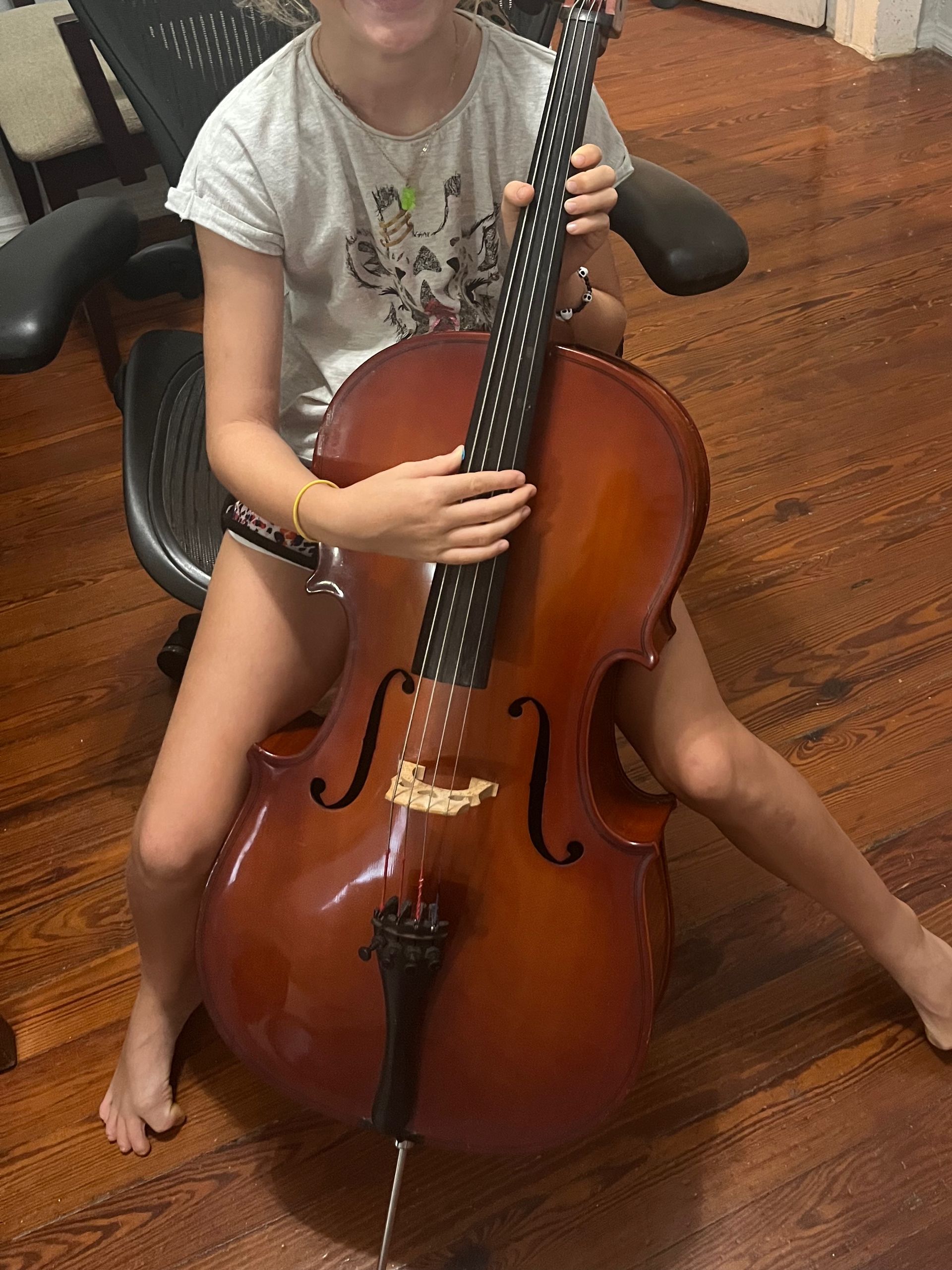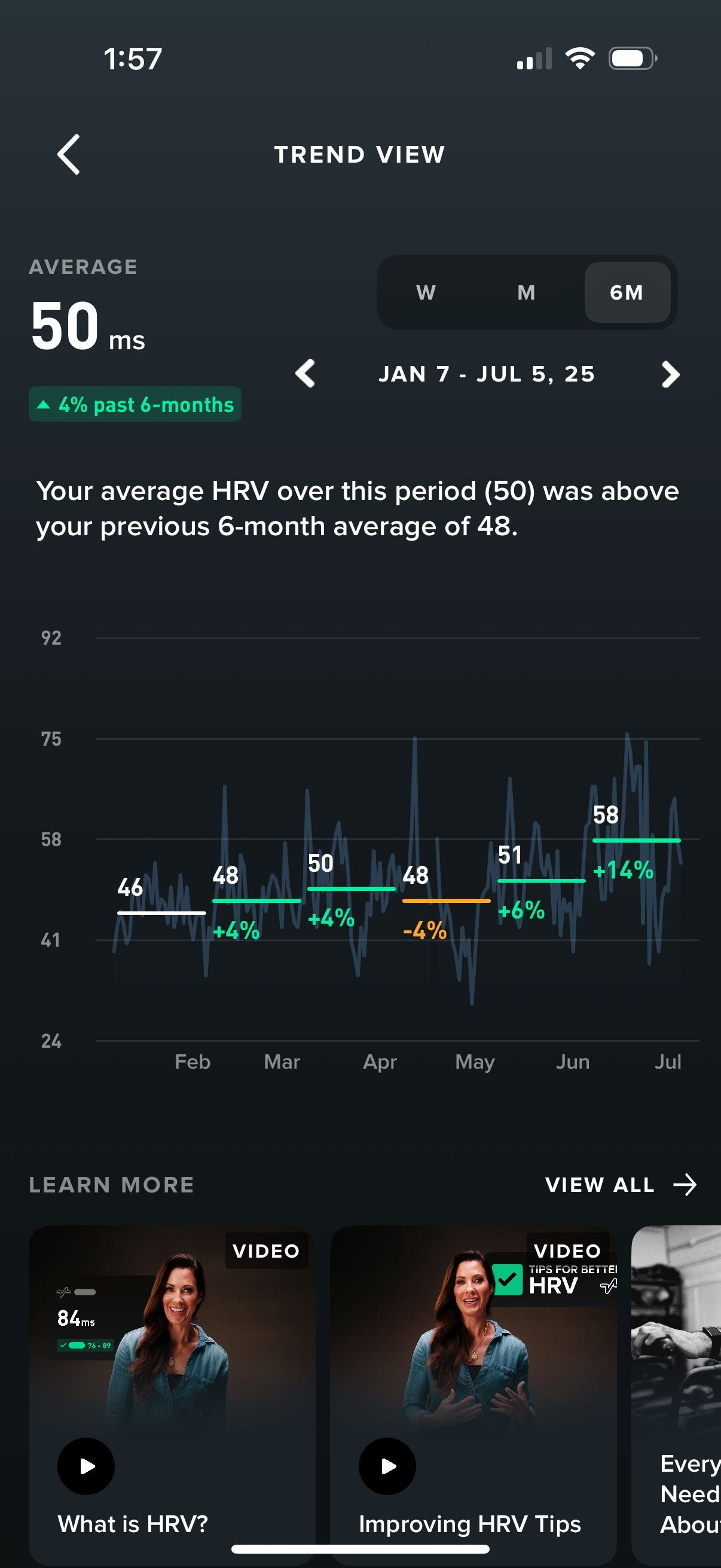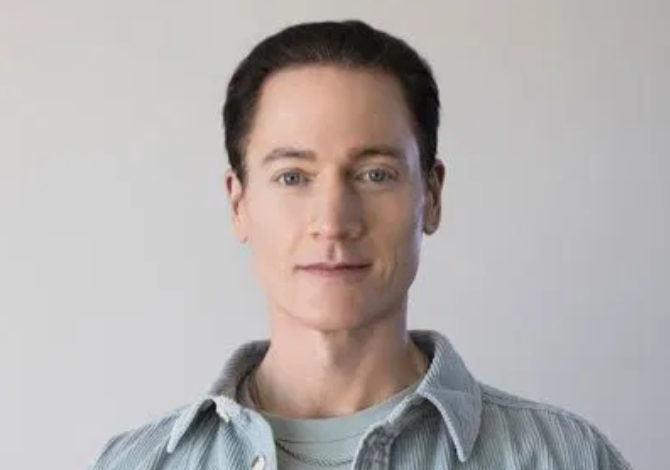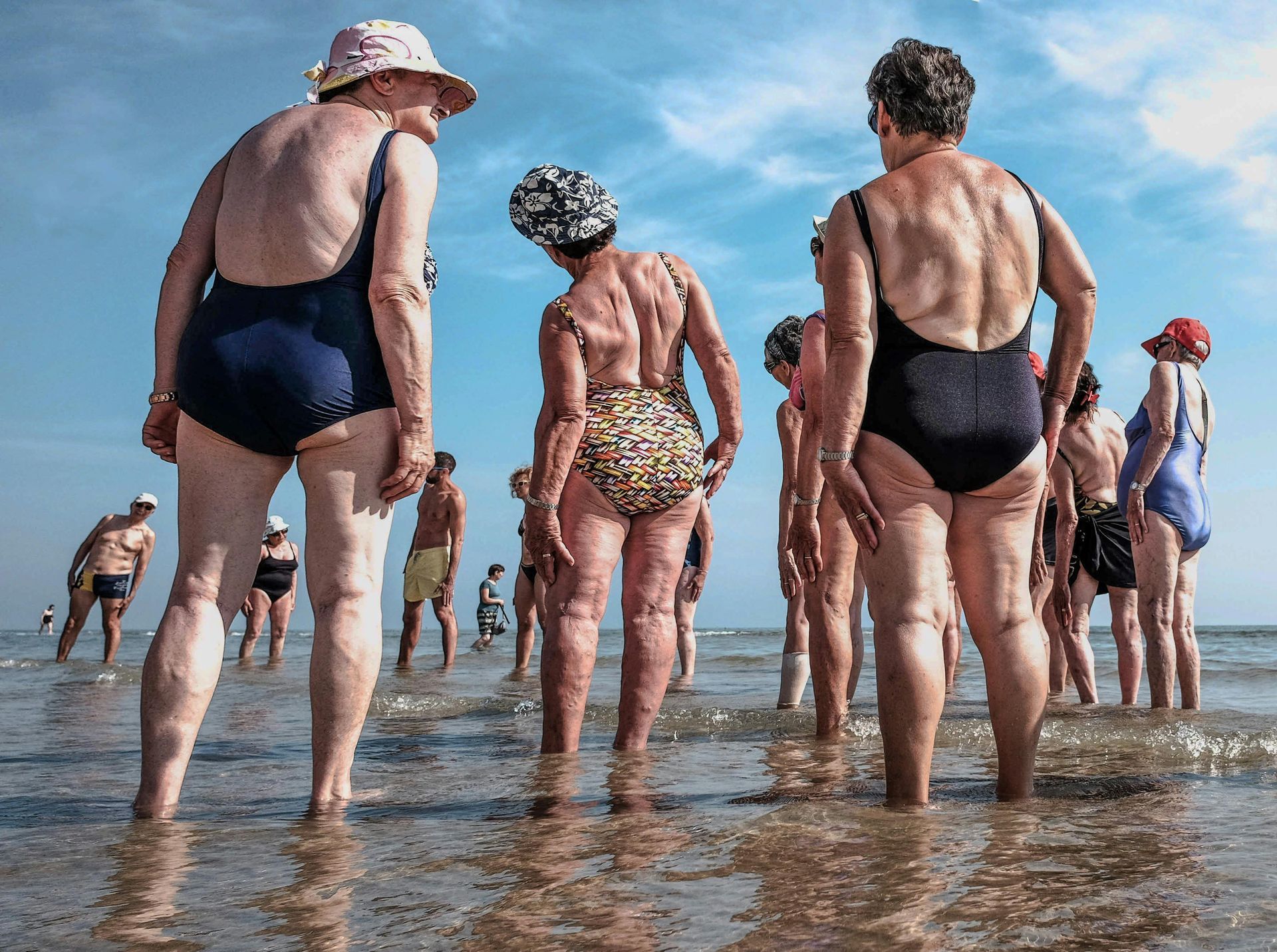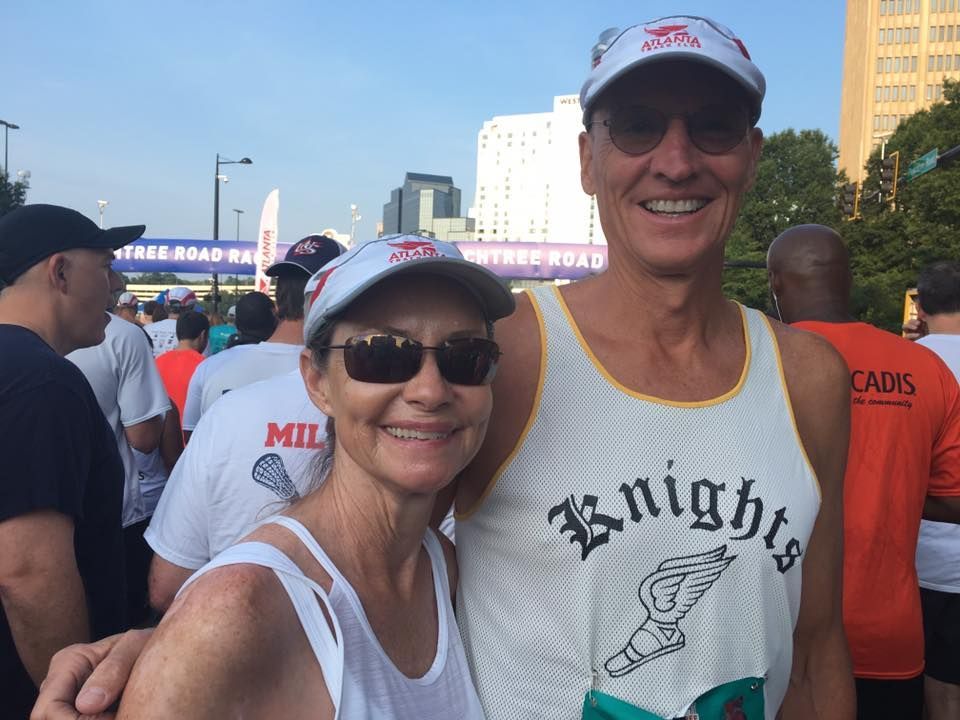The Stories We Tell Ourselves
Several years ago, I went through a pilot program that took some of the top training techniques used with Olympic athletes, Navy SEALs, astronauts, and others, and attempted to apply them in the business world. I got to meet some amazing people in the program, particularly the instructors, and much of what I learned I still carry with me and try to apply today.
There was one section in particular that has really stuck with me. The instructor put up a slide that showed a picture of a gazelle on one side and of a lion on the other. The instructor explained that as the lion chased the gazelle and the gazelle ran away, what was happening physiologically inside each animal, the elevated heart rate, shorter and faster breathing, tunnel vision, etc. was actually the same in both animals. Their bodies were having the exact same things happening, but the story of what was happening was dramatically different. Being hunted is clearly not the same as being the hunter.
The point the instructor was making is that as humans, we have the ability to reframe the stories we tell ourselves. Just before we go on stage and have a big presentation, we can feel our heart racing, experience those butterflies in our stomachs, and we can tell ourselves that we are nervous. Another option is to feel the exact same thing and then to tell ourselves instead that we are excited. One is a story where our body may be getting in our way. The other is a story where our body is preparing us to knock it out of the park.
This option is in our hands in every moment. As Hamlet said: “[T]here is nothing good or bad, but thinking makes it so.” A specific event may have happened or be happening right now. That event in and of itself has no label until we give it one. It isn’t a “good” thing that happened, or a “bad” thing. It is simply something that happened. Only when we put our label on it do we determine the story we will tell ourselves about the event.
Sure, there are things that happen to us that we would never wish for ahead of time. Perhaps things that we would actively wish would never happen at all. Surely these are bad, right? The Roman Emperor and Stoic philosopher Marcus Aurelius would say no. “Unhappy am I because this has happened to me,” Marcus begins in his personal journal, Meditations. “Not so,” he goes on, “but happy am I, though this has happened to me, because I continue free from pain, neither crushed by the present nor fearing the future.” We always have the option to reframe the story we tell ourselves.
The same is as true in our work as it is in our personal lives. In another portion of the same program, one of the instructors was teaching us about “flow state.” Flow state is defined by Mihaly Csikszentmihalyi as: “a state in which people are so involved in an activity that nothing else seems to matter; the experience is so enjoyable that people will continue to do it even at great cost, for the sheer sake of doing it.” One of the other instructors in the program, Dr. Andrew Huberman, asked if or how this flow state might be related to Dr. Richard Feynman’s playful approach to his own work.
For context, later in his career Nobel Laureate Richard Feynman wrote about a time when he was burned out. He had no desire to continue with his research and would rather spend his time reading the Arabian Nights in the university library. Then he had an idea. “[J]ust like I read the Arabian Nights for pleasure,” he later shared, “I’m going to play with physics, whenever I want to, without worrying about any importance whatsoever.”
The result? “[B]efore I knew it (it was a very short time) I was “playing”—working, really with the same old problem that I loved so much, that I had stopped working on when I went to Los Alamos: my thesis‑type problems; all those old‑fashioned, wonderful things….It was effortless. It was easy to play with these things.”
Speaking to Dr. Huberman afterwards, we discussed the earlier lesson about the gazelle and the lion. The work Feynman was doing was the same, but it was the story he told himself about the work that had changed. It took what in one mindset was drudgery and turned it into play. He had been blocking himself from achieving the flow state that was always there for the taking.
We might not all have the opportunity to win a Nobel prize, but we do have the opportunity to craft the stories we tell ourselves, regardless of the circumstances, or the work that we do. A famous example of this in less elevated work is the story of Christopher Wren speaking with three bricklayers as they worked on rebuilding St Paul’s Cathedral. For those not familiar, it goes like this:
One day in 1671, Christopher Wren observed three bricklayers on a scaffold, one crouched, one half-standing and one standing tall, working very hard and fast. To the first bricklayer, Christopher Wren asked the question, “What are you doing?” to which the bricklayer replied, “I’m a bricklayer. I’m working hard laying bricks to feed my family.” The second bricklayer, responded, “I’m a builder. I’m building a wall.” But the third brick layer, the most productive of the three and the future leader of the group, when asked the question, “What are you doing?” replied with a gleam in his eye, “I’m a cathedral builder. I’m building a great cathedral to The Almighty.”
From nuclear physicists to bricklayers, all of us can craft the stories we choose to tell ourselves about what we are doing, and what is happening around us. In the story that is your life, what lens are you going to choose to put on it?


